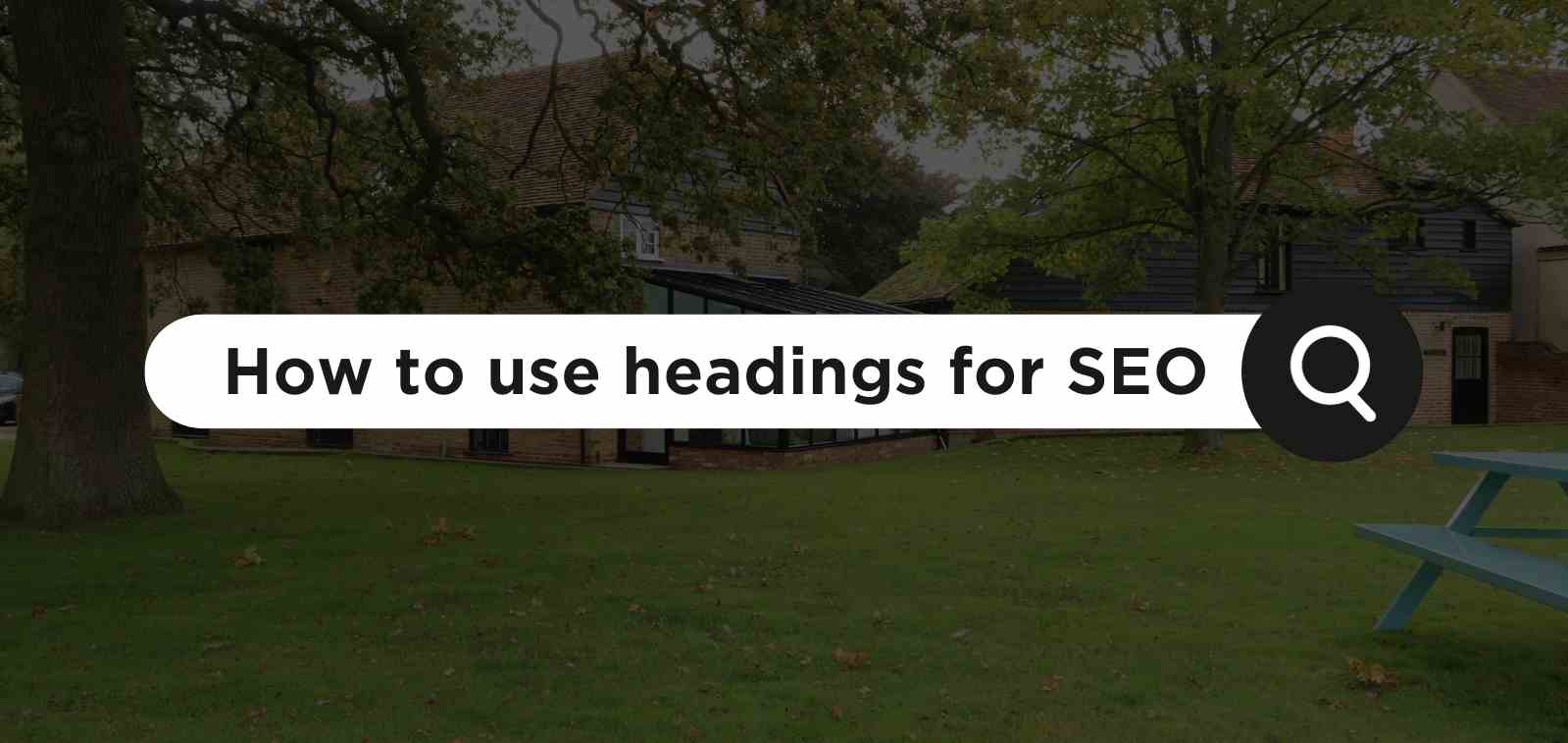2 min read
What is Google Search Generative Experience? (SGE)
What is Google SGE? Think of Google SGE as your helpful buddy on the search results page. Instead of making you click on different websites, it pulls...
Migrating a website incorrectly can be disastrous for your SEO traffic and rankings. Almost any major change to a website can result in a short or long term dip in rankings, even if best practice is followed. Retaining SEO equity through best practice needs to be at the top of your priority order to minimise impact.
As a person who is responsible for making a site migration successful let’s look at your key objectives in terms of SEO.
I’d recommend pulling together a list of KPIs, benchmark these before and measure impact after the migration; this will ultimately prove the success or failure of the migration.
If you have in-house SEO resource or are using an agency, they should play a key role in every stage of the site migration. If you don’t have this resource then consider getting someone in, Most credible SEO agencies will be able to offer consultancy on a project basis.

Before migrating a website there’s a few steps your in-house SEO team or agency should consider.
Someone needs to own a site migration. If that’s not you then make sure the owner communicates a clear migration plan of who’s doing what and when. Using tools like JIRA or Basecamp is a great way of planning and tracking changes from all parties involved in the project.
Running a full SEO tech audit on your existing site will identify current weaknesses and opportunities for how the new site can be improved. Having data to hand on what’s wrong with your existing site will avoid making the same mistakes on your new site.
Using a tool like Screaming Frog or XENU (see this Moz article for a comparison), map out and document all the pages on your existing site. These can then be mapped against the pages on your shiny new site to establish where 301 redirects need to be used (if URLs are changing). Crawling your site may also identify legacy pages that have been forgotten. That old sub domain microsite built by your predecessor in 2009 could have some high authority links pointing to it or rank for traffic driving search terms.
Using Google Search Console, identify any duplicate Title tags and Meta descriptions to make sure you don’t carry these across to your new site.
Identify your most authoritative links in your backlink profile using a tool like Majestic SEO. You can preserve the majority of link juice by using 301 redirects (these tell Search Engines that an old page is being replaced by a new one). We’ll come back to this post-migration.
Security is a high priority to Google so an important thing to consider when migrating a site is changing all pages to https. This can be handled using 301 redirects as you would with any URL change and if you haven’t already moved over, Google claims this will have a small ranking benefit.
Using 301 redirects will tell Google a page has moved permanently. However studies have suggested that chains of 301 redirects can also have a negative effect on rankings, so weigh up the potential if renaming page URLs. Also check your existing site for any pages that already have 301s, redirecting a redirect is where you’ll lose the most value. Avoid 302 redirects unless the page move is temporary (such as a holding page for a section of the site that’s still not finished).
Benchmarking performance is key to demonstrating the success of a site migration. Check analytics and benchmark visits, bounce rate, conversion rates, top landing pages etc. Use a tool like AWR to benchmark rankings (make this as comprehensive as possible, not just the top 20 keywords). Page load speed is a really important ranking factor, if you’re not already measuring this regularly then start. Improving this should be a KPI of the site migration when it comes to SEO.
Finally, set up a staging server. Block all search engine crawlers in the robots.txt file to avoid the Search Engines indexing your new site before it’s ready. Don’t forget to change this once the site does migrate!

You should be fully prepared now as we move to the migration stage. It’s probably best to migrate your site at the quietest time of the day/week for traffic so stock up on coffee and get everyone in for a night shift.
Create a custom 404 page Some visitors are likely to encounter broken links during the migration so consider creating a custom, enticing 404 page that directs visitors to relevant pages.
Test all 301 redirects to make sure they are pointing to the new pages. Check each URL, HTTP status codes and ensure the non www version is also redirecting correctly.
Prepare your PPC team for URL changes in ad copy. If you have affiliate channels then they also need to be contacted with URL changes that affect promotional landing pages. These should all be ready to go once you give the nod.
If you are using a new domain, configure and verify it in Google Search Console (previously known as Google Webmaster Tools). You can also tell Google that your domain has moved within the Search Console once you are happy with the migration.
Before going live you want to make sure your new site is collecting data and it is accurate.
The Robots.txt file is where you give Search Engines instructions on how to crawl your site. Restrict access to administration sections, checkout areas and anything that contains sensitive data. Give Search Engines access to everything else so they can quickly understand the new structure of your site.
Prepare an XML sitemap that you will upload to Google Search Console and Bing Webmaster Tools after launch to help get your new site indexed. You should also consider preparing a new HTML site map.
On launch day crawl the site again to check for any errors and fix these before Google indexes your site.

Once the new site is live most of your effort should focus on checking implementation and monitoring performance. However there are still a couple of steps before the migration is complete.
Make sure that your robots.txt isn’t blocking access to any pages you want indexed now your site is live (remember we blocked all crawlers on the staging server).
If you’ve changed URLs now is the time to inform the Search Engines. 301 redirects will make this happen automatically but both Google and Bing have the functionality within their Webmaster Tools to help expedite the process. Submit your XML site maps to Google and Bing as soon as the site is launched. I recommend re-submitting these 2-3 weeks after launch to be on the safe side.
Post-launch you should monitor crawl errors for the next few weeks. Look for errors in Google Search Console, broken links and 404 pages in particular need to be fixed quickly.
Contact the webmasters of referring sites and ask them to update your links. This will also give you the opportunity to update anchor text – although be careful here and avoid excessive use of optimized anchor text.
Get your SEO agency/team to run a follow up SEO audit and iron out any issues on the new site. We use a scoring system at iThinkMedia which acts as a great benchmark for pre vs post site migrations.
Remember all that data we captured before the migration? Over the next few months you should be measuring performance of your new site against this. As I mentioned earlier any major website change is likely to see a dip in rankings but if you’ve followed best practice this should only be short term. Keep benchmarking over a 3 month period after site launch to fully understand the success of your migration. This will also impress your boss and give you firm data to justify the decision to the business.
Links should never be forced but using PR channels you can attract links by shouting about your new website or create some awesome content to point create additional paths that Search Engines can find your site.
That’s it, hopefully the above as a guide you should enjoy a smooth site migration, good luck!

2 min read
What is Google SGE? Think of Google SGE as your helpful buddy on the search results page. Instead of making you click on different websites, it pulls...

5 min read
Discover the power of high search volume keywords and how to effectively use them to boost your online presence and drive maximum impact.

2 min read
We're delighted to officially announce our partnership with Eflorist, one of the world’s leading flower delivery brands with over 54,000 local flower...
1 min read
At PubCon, Google’s Matt Cutts indicated that ‘load time’ may be another ranking factor to their ever growing list, when determining how websites...

Enhance your website's visibility and ranking with the effective use of headings for SEO.
3 min read
Following 4 recent Google algorithm updates, I thought I’d talk about 3 common quick win SEO tricks that can really help your rankings in the short...